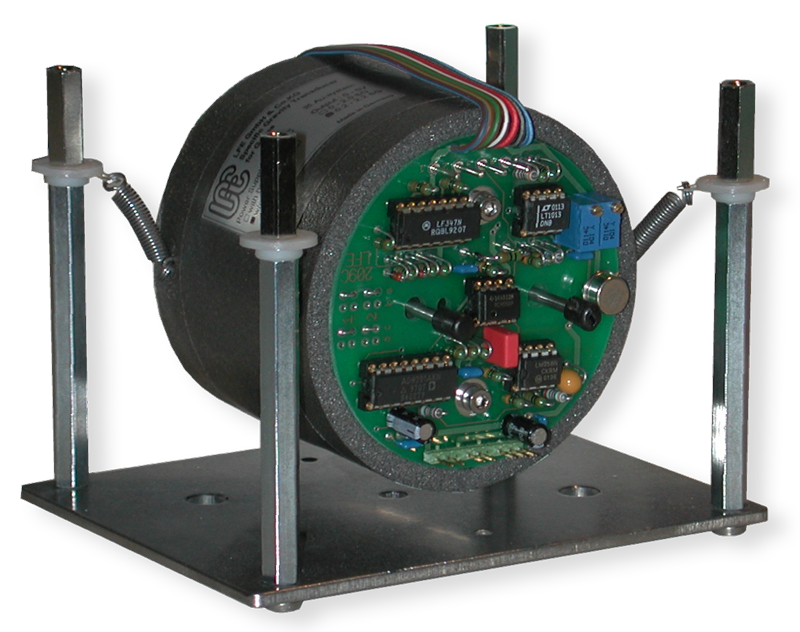Features and Description

Key Features
- Continuous on-line analysis of gas density
- High intrinsic linearity
- High long-term stability
- Short response time
Description
LFE’s OEM specific gravity transducer was designed for the continuous, on-line analysis of a gas stream. The advantages of this transducer, in addition to low cost and relative simplicity, are its high intrinsic linearity, long term stability and short response time.

Functional Principle
The instrument utilizes an acoustical principle whereby a transmitter membrane vibrating sinusoidally at a constant frequency and amplitude transfers it’s motion to the gas in the sample chamber. The pressure amplitude received at a pressure transducer in direct proximity is directly related to the density of the gas sample.
The propagation of the sound waves in the analyzer chamber is in general not only a function of the gas-density, but is also influenced by other gas parameters such as viscosity and heat capacity.
The analyzer's high selectivity to the density is the result of proper chamber geometry, dimensioning and operational parameters.
One key to long term stability is the reference chamber which is exposed to ambient air under atmospheric pressure conditions. The signal obtained from the reference chamber is used in a control loop to regulate the amplitude of the vibrating transmitter membrane.
Technical data

Technical Data
| Property | Specifications |
|---|---|
|
Technical specifications subject to change without notice |
|
| Measured quantity | online, continuous specific gravity (SG) analysis of a sample gas stream (Specific gravity: gas density relative to air) |
| Measurement principle | Transferred amplitude of sound waves (constant frequency) propagating through the gas between a transmitter and receiver |
| Range | 0.2 - 2.2 (optional: 0 - 2.0 ) |
| Signal output | 0 - 5V |
| Resolution | <±0.01 ΔSG (<±0.5 %FSO) |
| Linearity | btwn. SG 0 - 1.5: <±0.02 ΔSG (<±1 %FSO) btwn. SG 0 - 2.0: <±0.04 ΔSG (<±3 %FSO) |

